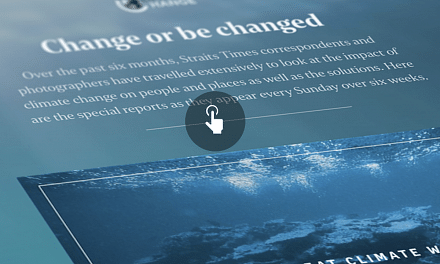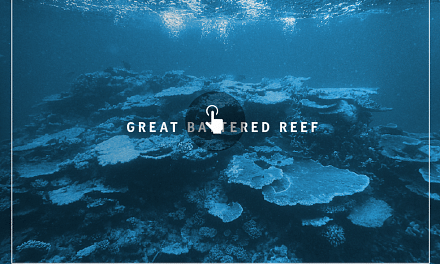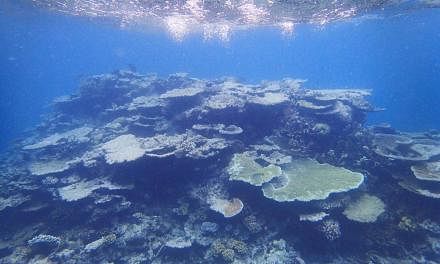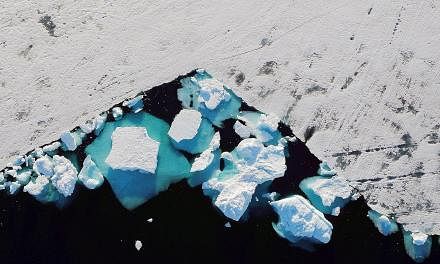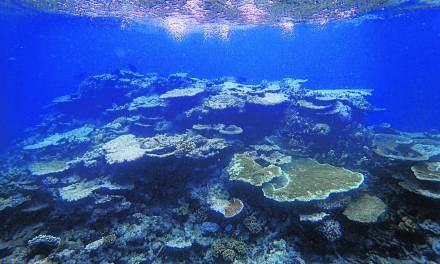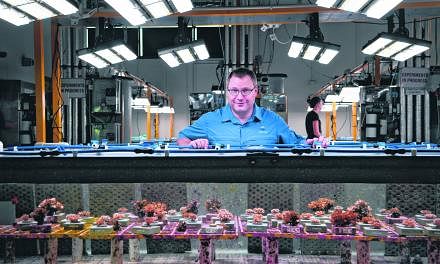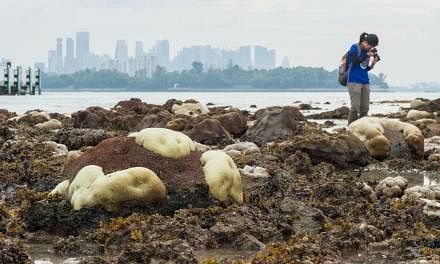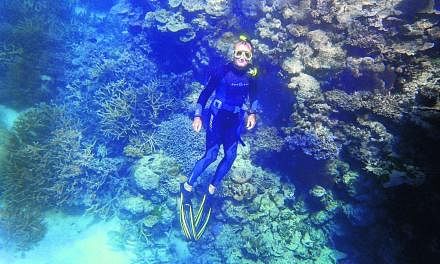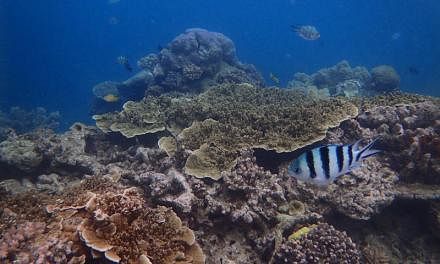Reefs in Asia
Corals that keep their cool in warming seas
While many coral reefs worldwide are dying prematurely due to climate change, those off a remote part of Indonesia are thriving. Can their hardiness be replicated?
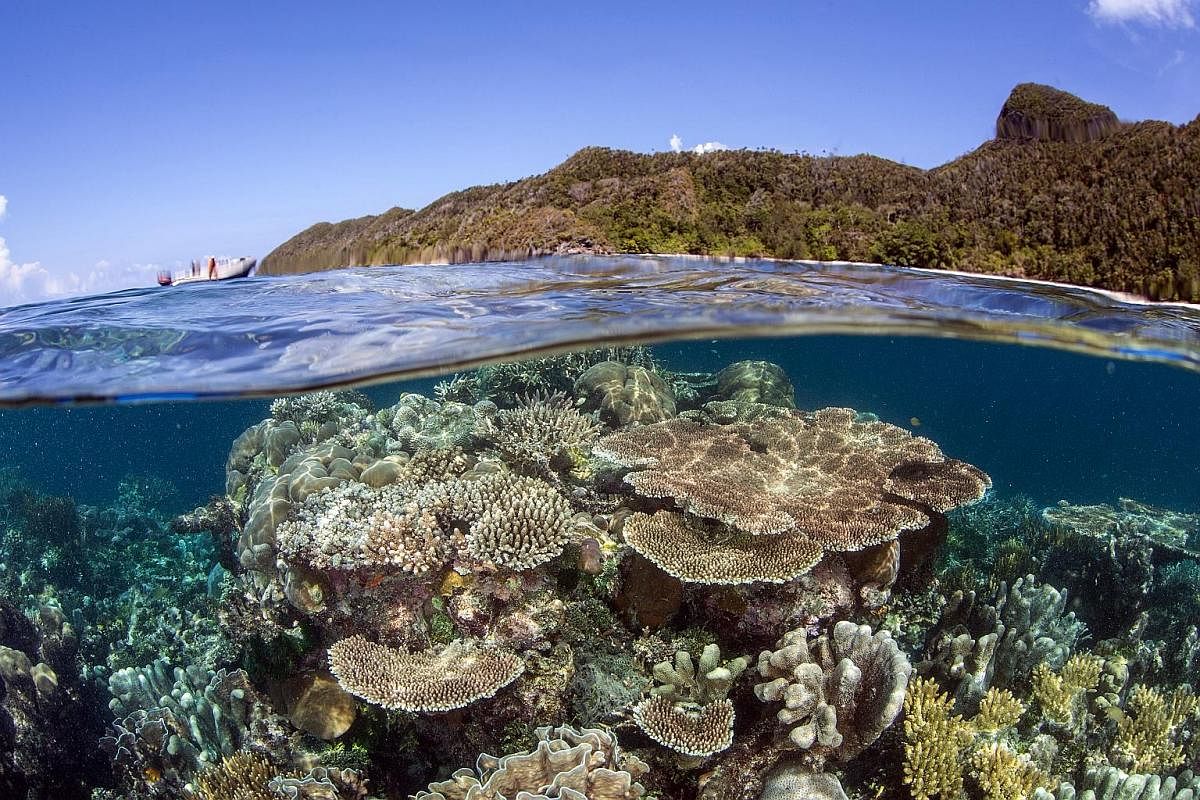
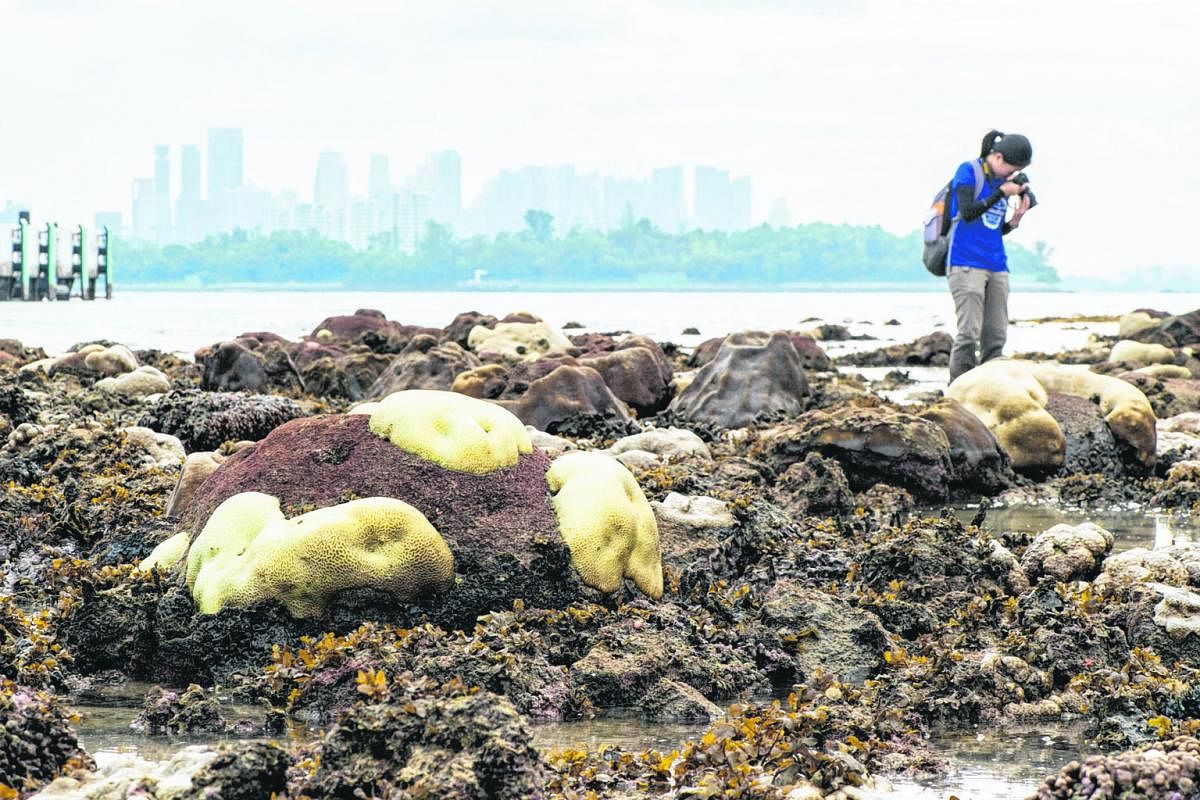
Coral reefs around the world were left reeling when global sea surface temperatures went up in 2016 as a result of El Nino.
In many places, corals were bleached of their colour and subsequently died. About 15 to 20 per cent of the corals in Singapore died because of the weather phenomenon that year, going by estimates made by the National Parks Board (NParks).
But most of the corals in a remote part of Indonesia stayed in the pink of health and scientists are now trying to unravel the secret behind their hardiness.
Less than 10 per cent of corals in the pristine archipelago of Raja Ampat were observed to have undergone bleaching in the aftermath of the El Nino incident, said Dr Mark Erdmann, vice-president of Asia-Pacific Marine Programmes for the US-based nature group Conservation International. And a month or two after the corals started bleaching, most of them recovered their colour and mortality was near zero, he added.
El Nino is associated with hot and dry weather in the western Pacific, where countries such as Australia, Indonesia and Singapore are located. Corals rely heavily on symbiotic algae called zooxanthellae for food. These algae, which usually float freely in the ocean, are absorbed into coral tissue, where they thrive in the relatively protected environment.
"The zooxanthellae derive their energy from sunlight, and during this process of photosynthesis, some of the sugars produced by the algae 'leak' into the coral tissue - providing the coral with extra nutrition," said Dr Erdmann.
Bleaching occurs when abnormally high water temperatures or other environmental stressors cause corals to expel the zooxanthellae living in them, turning the corals white.
Dr Erdmann, who does research in Raja Ampat, believes that the answer to the resilience of the sprawling reefs in Raja Ampat lies in the diversity of algae living in the coral.
"When corals are suddenly exposed to new environmental conditions, such as warmer waters, they frequently expel their current zooxanthellae, which were optimally adapted to the water temperatures to which the corals are normally exposed," he said.
Scientists believe corals do this in the hopes of getting new zooxanthellae - which are more optimally adapted to warmer water - to settle in them.
This could explain why the reefs in Raja Ampat were cushioned from the impact of the rising sea surface temperatures.
Even under normal conditions, reefs in Raja Ampat are exposed to temperatures from 19 to 35 deg C, said Dr Erdmann.
This is due to the unique oceanographic conditions in the area, with reefs variously exposed to upwelling of cool water and super-heated waters from enclosed lagoons, shallow bays and reef flats.
In comparison, Singapore's waters are normally between 28 and 30 deg C, with no upwelling.
The conditions in Raja Ampat indicate that there are various species of zooxanthellae present in the waters there, each of which thrive under different optimal temperatures.
"With this wide range of zooxanthellae present, each of which is optimally adapted to a different temperature range, we hypothesise that Raja Ampat's reefs are pre-adapted to climate change, and have strong resilience in the face of bleaching," said Dr Erdmann.
"Even as water temperatures go up or down, there are zooxanthellae already present in Raja Ampat that are optimally suited for that temperature - such that bleaching is minimised and relatively short-lived," he added.
Professor Chou Loke Ming, a coral expert and adjunct research professor at the National University of Singapore's (NUS) Tropical Marine Science Institute, said coral reef resilience to warming seas is an area of active research. The variety of zooxanthellae with different tolerance to heat stress is one area being studied.
He added: "Other theories include how the coral itself could develop more resistant genetic traits that allow it, for example, to produce heat-shock proteins. There is also research into genetically selecting corals with greater resistance to heat stress."
Another area of research is the role of food, fats and energy balances in coral resilience. This is especially for reefs where conditions are not optimal for photosynthesis, such as the low light conditions in Singapore waters, said Dr Jani Tanzil, a senior research fellow at the Nanyang Technological University's (NTU) Asian School of the Environment and St John's Island National Marine Laboratory. This is something researchers from NTU, NUS and NParks are currently studying in Singapore.
Corals, as with other animals, can get their nutrition from feeding on tiny animals called zooplankton - especially if they are no longer able to rely on zooxanthellae to nourish them, said Dr Tanzil.
"Like us, corals also have storage lipids - fats! Coral fat stores can be mobilised during periods of stress, and are also crucial for things like reproduction. Both feeding and their fat reserves have been linked to increased coral survivorship and recovery from bleaching," she said.
And with climate change likely causing coral bleaching incidents to increase in frequency and severity, feeding is expected to play more important roles in nourishing the corals and even promoting the recovery of their zooxanthellae, Dr Tanzil added.
Nutrition from feeding helps to nourish the zooxanthellae, and enhances rates of photosynthesis, she said. "I like to think of it as the coral animals 'fertilising' their symbiotic algal partners."
Join ST's Telegram channel and get the latest breaking news delivered to you.
A version of this article appeared in the print edition of The Sunday Times on October 21, 2018, with the headline Corals that keep their cool in warming seas. Subscribe
